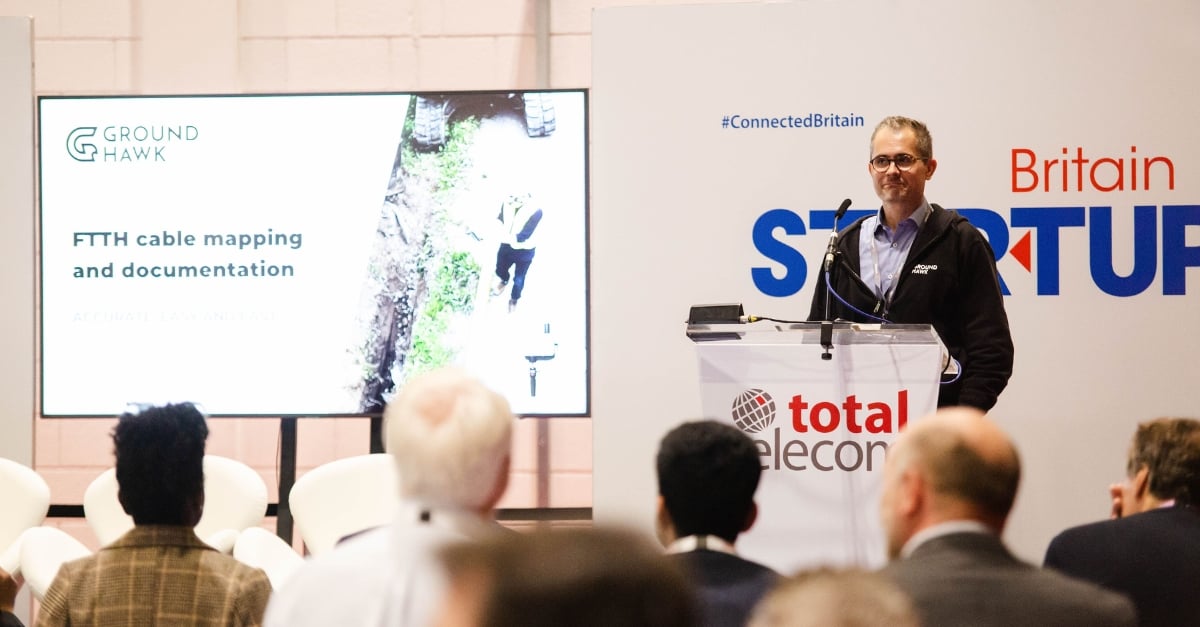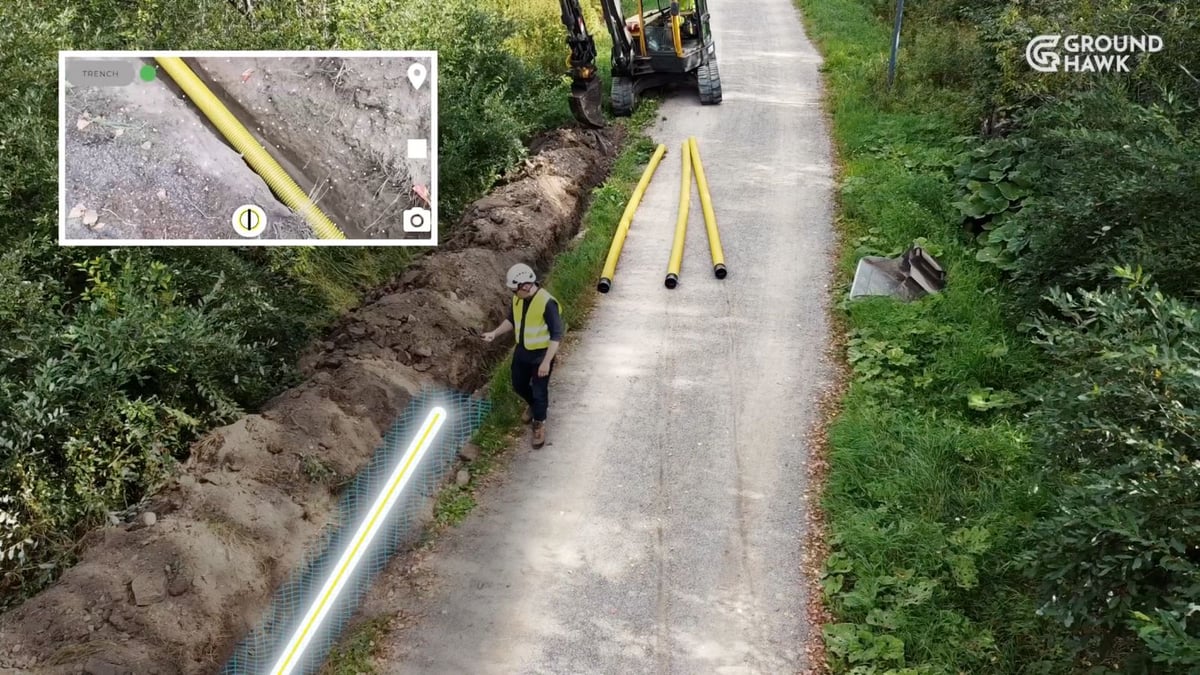Underground infrastructure is accidentally cut hundreds of times a day in the UK. It is estimated to cost the country around £6 billion annually. At the same time we know that as-built documentation is inaccurate even today. A fiber cable layed today might get broken already tomorrow when the electricity network is updated for the new EV infrastructure.
I participated in the Connected Britain 2023 in September 2023 in London. Amidst the buzz of innovations, one critical topic that echoed through the discussions was the challenge of as-built documentation in the UK's digital infrastructure landscape.

Based on the discussions with variety of representatives of operators, contractors, industry experts the conclusion is clear – the current state of "as-built documentation” in the UK can only be described as poorly documented. In the increasingly connected society this deficiency will continue to lead to significant problems despite the fact that this is a problem we could start fixing.
What does “As-Built” mean?
In the context of infrastructure and engineering projects, "as-built" refers to a field survey, construction drawing, 3D model, or any other descriptive representation that captures the final state of an engineered project or design.
As-Built -documentation: A crucial piece of the digital puzzle
What does this issue look like in practice? When you install new underground infrastructure, you need to plan carefully. This includes knowing where you're digging, what other utilities are in the area (like water, sewage, heating, gas, electricity, and telecoms), and sometimes you can use existing pipes to avoid digging new trenches.
The problem is that these plans are not updated when reality hits. When you start digging, you might discover unexpected obstacles, forcing you to move the trench by a meter or even to the other side of the road. Additionally, you may come across other underground infrastructure that wasn't accounted for in the original plans, and you're uncertain if it's still in use or not. You don’t know. You need to adjust.

Let’s say you are deploying fibre in the worst case the planned route becomes the as-built documentation without any changes. In many cases there are so-called redline paper edits to the plan that might go into the as-built, where most of big differences are marked. The gold standard of actually mapping out the as-built in open trench to an accurate representation of where the fibre is deployed, map out underground connection points etc with photos almost never happens.
The solution for the UK’s As Built -challenge
Having tools that let construction teams accurately map and document the work as it's happening is essential. The current method, where a surveyor goes between sites, isn't effective because it's expensive to keep trenches open while waiting for them. Mapping closed trenches is also imprecise and doesn't capture important details like installation depths.
Groundhawk is an example of a tool that has revolutionised the as-built documentation with 3D scanning of open trenches meter for meter while the worker walks along the trench. It also captures geotagged picture enabling quality documentation. As it works in real-time, project manager is automatically informed of daily progress. This means that during the construction of fiber networks or other critical infrastructure, detailed as-built records are generated seamlessly.

By creating comprehensive as-built documentation already during the construction phase, future infrastructure construction teams will have access to accurate records of existing infrastructure location avoiding damage to it. In case of troubleshooting underground infrastructure leaks, breaks etc. having access to good documentation of where e.g. connection points are can significantly reduce downtime and save both time and resources.
Connected Future, lets tackle the £6 billion problem!
While the £6 billion problem may seem insurmountable, it is within our reach to address it! As we continue to invest in digital infrastructure, we must also invest in the tools and technologies that will ensure the longevity and efficiency of these networks. In doing so, we pave the way for a more connected, resilient, and sustainable future.
The £6 billion problem can be addressed proactively. This not only benefits network operators but also ensures a more robust and reliable digital infrastructure that will serve the nation for years to come.


Comments